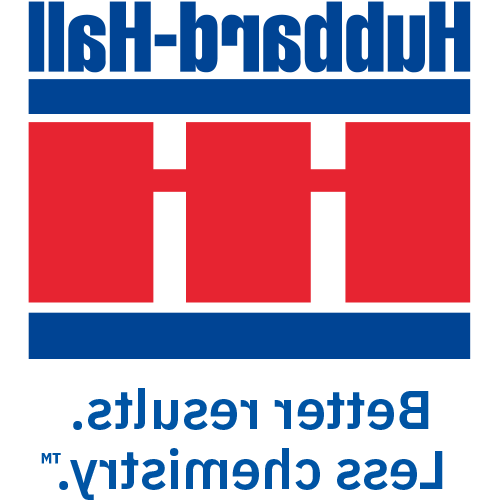A commercial steel door frame manufacturer faced a critical issue when the local wastewater treatment facility detected high metal levels in its effluent, leading to substantial fines. The manufacturer urgently needed a solution to bring their system back into compliance and avoid more stringent regulatory actions.
Hubbard-Hall was called in to assist and quickly identified that the switch from a press brake to a roll former in the production process had been fracturing the electro-galvanized coating on the steel, causing elevated zinc, nickel, and other metal levels in the waste discharge. The solution involved two fundamental changes: converting the four-stage pretreatment system to a closed-loop zero-discharge system to eliminate waste going to the drain and switching to zirconium-based pretreatment chemistry to handle the closed-loop process.
- Eco Quest NCS 172-LF: A low-foam, zirconium-based chemistry offering advanced cleaning, conversion coating, and final rinse passivation in a single product.
Download the case study to read more about how this chemistry improved salt-spray testing results and managed to reduce costs and water consumption.






